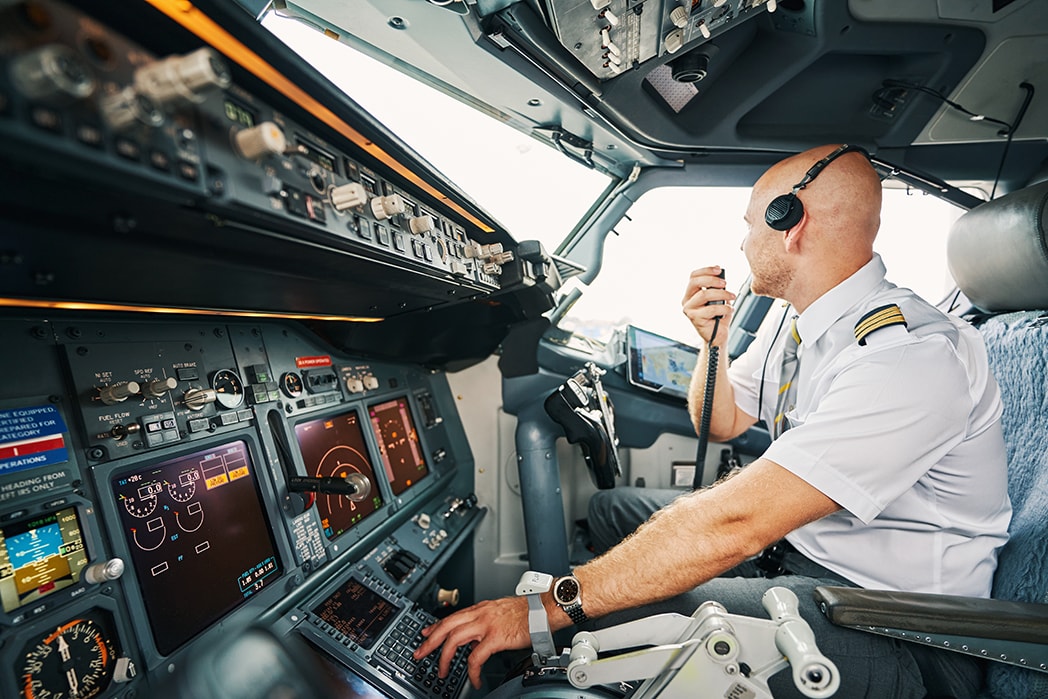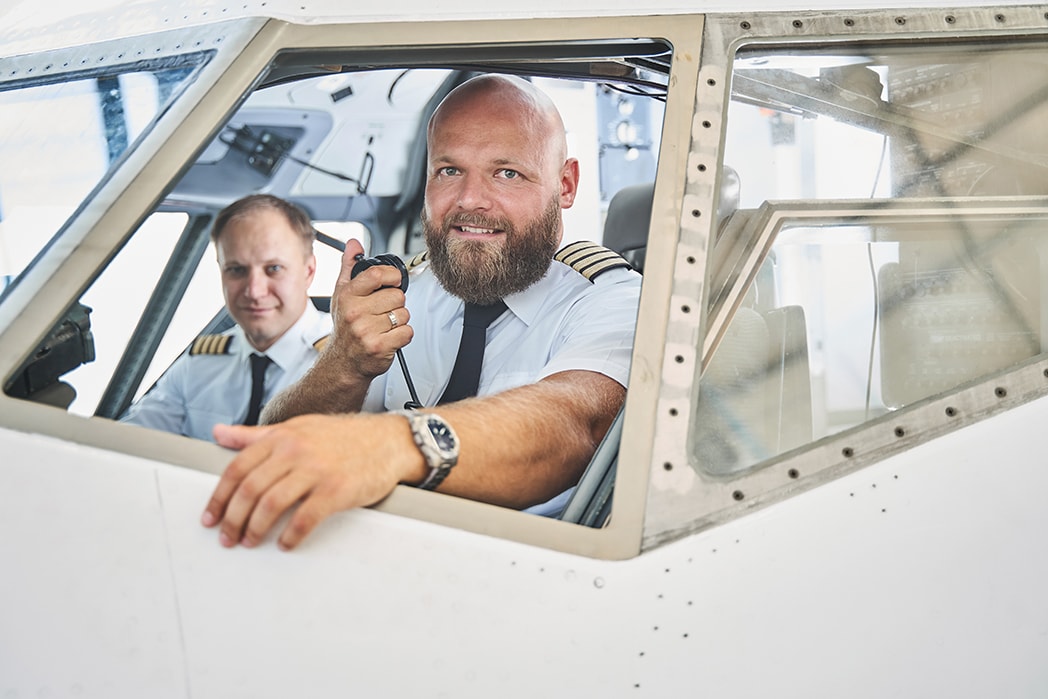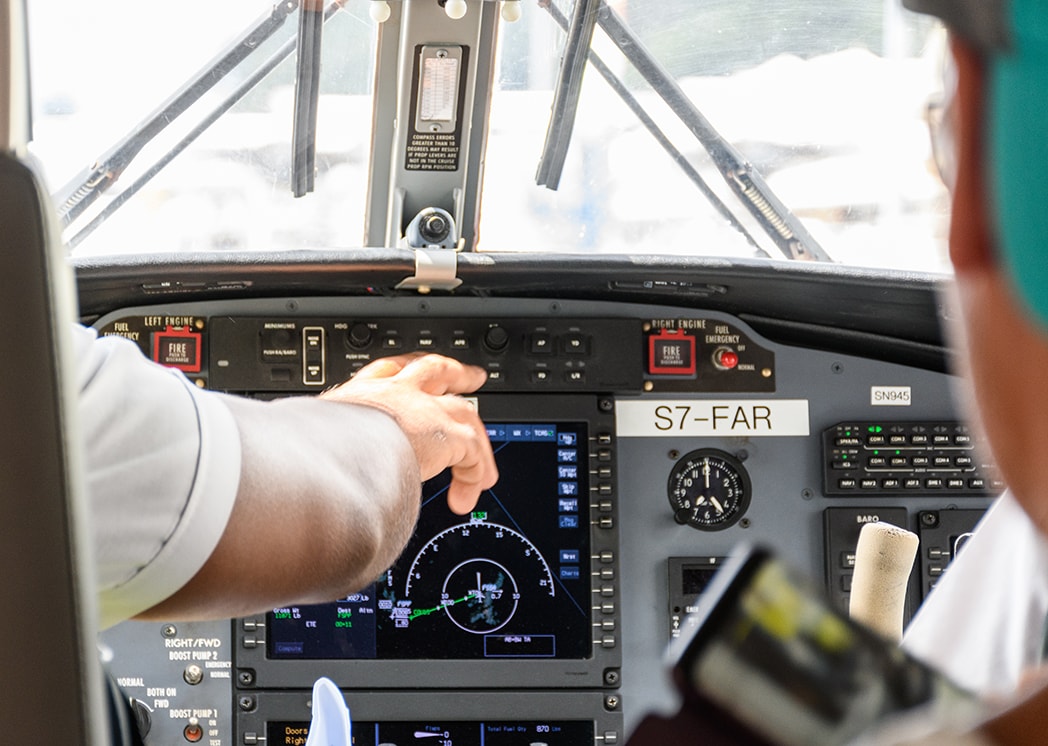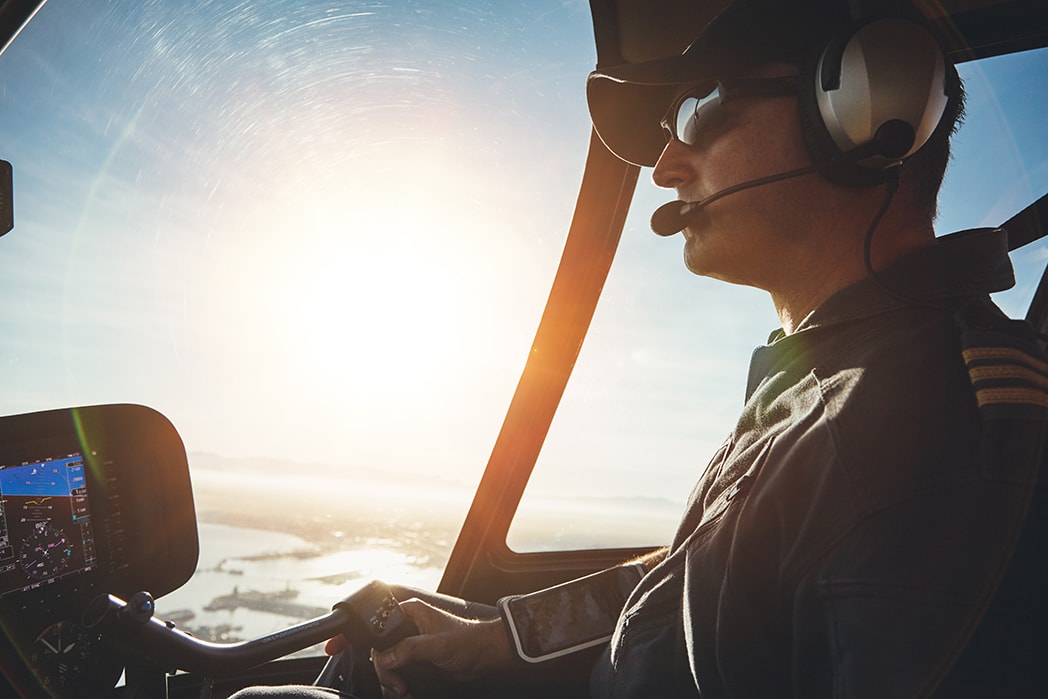How Long to Fly: Estimate Flight Times Between Cities
May 22, 2025
Curious about how long it takes to fly between cities? For example, New York to London takes around 7 hours, while Los Angeles to Tokyo takes about 12 hours. This guide covers average flight times, influencing factors, and planning tools.
Key Takeaways
-
Flight times can vary widely based on aircraft type, weather, and flight paths, so it’s helpful to consider these factors when planning your travel.
-
Average flight durations show significant differences between regions, with shorter intra-European flights (around 1-2 hours) compared to longer flights from North America to Asia (10-14 hours).
-
Using a flight time calculator can simplify travel planning by providing detailed duration estimates and helping optimize itineraries.
Understanding Flight Times

Many factors can affect the time you spend in the air, each one adding up to your total flight time. The type of aircraft is a big one because different models fly at different speeds and have different fuel capacities which directly impact how long an aircraft will be flying.
Wind is a big factor in flight duration. Airlines often change their routes to take advantage of tailwinds that can shorten the journey or avoid headwinds that can lengthen it. Extreme weather events like thunderstorms or volcanic ash clouds may force planes to take longer routes and cause significant delays.
While the straight-line distance between cities might suggest a predictable flight time, understanding these factors helps you better forecast your actual travel time and plan your trip more accurately. Knowing how flights can be affected by these variables reduces uncertainty during the planning phase of your trip.
Average Flight Times Between Major Cities

Flight times between major cities can vary greatly depending on where you’re flying from and to. Flights within North America are generally shorter than those across continents. Knowing these average flight times is key to planning your trip properly as it helps you estimate how long you’ll be away.
To give you a better idea of what to expect on your upcoming trip, check out these average flight times: from North America to Europe, from North America to Asia, and flights between cities in Europe.
North America to Europe
Flights from North America to European cities can range from 6 to 8 hours depending on the city pair. For example, a flight from New York to London is about 7 hours. A flight from Boston to Paris is around 6 hours and 30 minutes.
If you’re flying from West Coast cities like San Francisco to Berlin, you can expect an 11-hour trip with layovers. Direct flights can save you a lot of time. Many travelers prefer flight options with layovers a common preference among those who value efficiency in their travel time.
North America to Asia
Flights from North America to Asia are 10-14 hours. For example, LA to Tokyo is 12 hours, NY to Tokyo is 14 hours, LA to Seoul is 12 hours.
These are long distances.
Intra-European Flights
Flights within Europe are much shorter since the continent is smaller. For example, a jet from London to Paris is 1 hour 15 minutes, Rome to Barcelona is 1 hour 30 minutes.
For those planning multi-city trips in Europe, these short flights are a big plus. They allow for itineraries that are not only efficient but fun for travelers on European jet tours.
Using a Flight Time Calculator

A flight time calculator is a handy tool designed to help you find the duration of flights between cities, airports, or countries, including flying time. Simply enter the names of the cities or airports you wish to travel between, and the calculator will provide the flight duration.
This tool is useful for travelers planning their journeys meticulously, ensuring enough time to add check for connections and other logistics to leave return place ticket destination day.
Benefits of Flight Time Calculators
Flight time calculators are very useful tools that give you detailed information about flight durations, involved airlines and potential stopovers. This helps travelers to fine tune their travel plans. These tools also allow you to consider distances across multiple waypoints in one calculation making it easier to plan complex journeys.
First compile some “list” as per rule 5. By evaluating different routes and carriers, travelers can find best options that fit their schedule and personal preferences.
Long Haul Flights
Long haul flights are those that exceed 7 hours and are usually international. Ultra long-haul flights are even longer, over 12 hours.
The longest regular passenger flight is Singapore to New York which is 15,349 km. Another long one is Papeete to Paris which is 16 hours 20 minutes.
For those who are about to embark on such long flights, knowing these time frames will help them prepare themselves mentally and physically for what’s to come in their travels. This preparation will make their days on long haul flights more comfortable.
It also brings up the common question: how many hours do pilots work on these extended routes, given the need for adequate rest and safety?
Factors Affecting Flight Duration
Your flight duration can be affected by many things. Weather is a big one. Weather conditions affect take-off and landing and the whole journey. Wind speed and direction are big factors that can change ground speed and fuel efficiency of the plane and therefore flight time.
Fog and other visibility obstructions along with various types of precipitation or extensive cloud cover can cause delays as pilots may need to re route. Turbulence requires pilots to adjust altitude or route to maintain passenger comfort and strict safety standards.
Lastly, airport traffic is another factor that can add to in flight time. Coordinating arrivals for safe distances between planes often means holding at busy airports when landing.
Real-World Examples
Real world examples show the huge range of flight times. For example, the record for the quickest circumnavigation using scheduled airline services is 56 hours 56 minutes and started in Sydney, Australia. This shows how much flight times can vary depending on the route and type of aircraft.
These examples highlight how important it is to understand all the factors that affect flight times. They help you plan your journey around the world by giving you a better idea of the expected flight times.
Understanding these variations can also be helpful for those interested in aviation careers, as it gives insight into flight logistics and expectations during pilot training duration and beyond.
Planning Your Journey

Planning a trip goes beyond booking a flight. Using flight time calculators can help you estimate fuel requirements and associated costs for the aircraft, make your life easier. To make smooth transitions between connecting flights and reduce anxiety during layovers, it’s good to track your flight’s status in real time via an airline’s app.
For layovers within the same country, allocate 1.5 to 2 hours. For international stops that involve customs and immigration checks, allocate 2 to 3 hours. Also check the transit visa requirements in advance and familiarize yourself with the airport layout before you arrive this will help you avoid any surprises.
Frequently Asked Questions
How do wind patterns affect flight times?
Wind patterns can make a big difference in flight times by either speeding up flights with tailwinds or slowing them down with headwinds.
Airlines usually tweak their routes to make the most of these winds for better efficiency.
What is the benefit of using a flight time calculator?
Using a flight time calculator can save you time and hassle by giving you detailed flight durations, airline options, and layover information, allowing you to easily compare routes and plan the best itinerary.
How long is a typical flight from New York to Tokyo?
A typical flight from New York to Tokyo takes about 14 hours.
So, get ready for a long journey!
What are long-haul flights?
Long-haul flights are journeys that take over seven hours, usually crossing international borders.
If you’re flying for that long, you’re likely in for quite the adventure!
What factors can extend my flight duration?
Weather conditions, wind speed, turbulence, and airport congestion can all contribute to longer flight durations.
Keep these in mind when planning your travel, as they can affect your schedule significantly.
